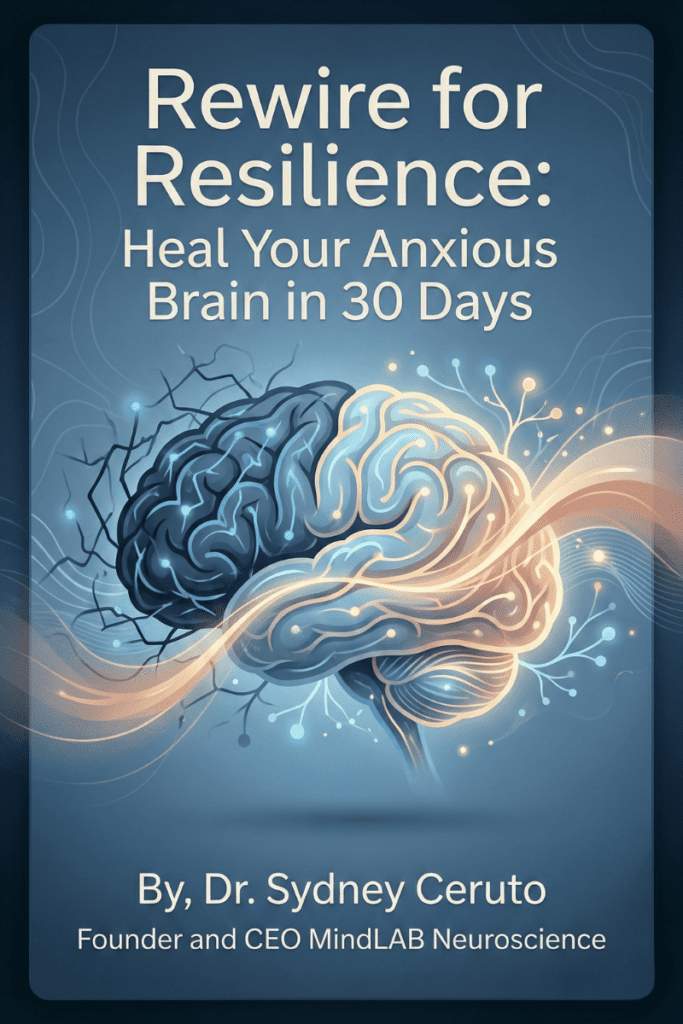Understanding the Ego
The concept of the “ego” has been discussed for centuries, but modern neuroscience provides deeper insights into its role in shaping our thoughts and behaviors. The ego is often seen as the conscious part of our identity—the “I” that we present to the world. It influences our decisions, our relationships, and how we see ourselves. But why do we constantly feel the need to feed it? In this blog, we’ll explore what the “self” truly is, its impact on us, and how neuroscience sheds light on its mechanisms.
The Origins of the Ego
The term “ego” originates from the Latin word for “I,” and in psychology, it was popularized by Sigmund Freud. Freud described the self as the part of our mind that mediates between our primal desires (id) and our moral compass (superego). But beyond Freud’s model, modern neuroscience shows that the ego is an essential function of the brain, responsible for our sense of self, decision-making, and emotional regulation. Neuroscientists have found that the brain’s default mode network (DMN) is active during self-referential thoughts, meaning our ego is constantly shaping our perceptions of ourselves and the world around us.
The Reality Principle and Its Role in Ego Functioning
The reality principle is a concept introduced by Freud, describing how the ego operates to manage the desires of the id in a socially acceptable way. While the id seeks immediate gratification of desires, the ego, governed by the reality principle, considers long-term consequences and delays impulses to act in a way that aligns with social norms and rational thought. This balancing act ensures that we function effectively in the real world, making decisions that satisfy our needs without causing harm or disruption. In essence, the ego filters our primal urges through the lens of reality, allowing us to make choices that are logical and considerate of external factors.

Why Do We Keep Feeding the Ego?
Feeding our self-image is something we do almost instinctively—whether through seeking praise, avoiding criticism, or craving external validation. But why does this happen?
The Brain’s Reward System
At the core of feeding the ego is the brain’s dopamine reward system. Neuroscience shows that when we receive external validation—such as compliments or social media likes—the brain releases dopamine, the neurotransmitter associated with pleasure. This creates a positive feedback loop, where the mind continually seeks out experiences that replicate this “feel-good” state. Each time we receive approval or praise, the brain reinforces the behavior, driving us to feed this grandiose view of self-importance even more.
Maintaining Self-Identity
The self is essential to our sense of identity. Through self-referential thoughts—where we compare, evaluate, and define ourselves—the ego reinforces who we think we are. Neuroscientifically, the default mode network (DMN) is responsible for these self-referential processes. When we feed our self-image by seeking validation or avoiding criticism, we are essentially trying to protect or strengthen our sense of self. This also explains why criticism or failure feels so threatening—the ego interprets these experiences as a direct challenge to our self-image.
The Drive for Social Status
Humans are inherently social creatures, and our social brain plays a large role in feeding our self-image by seeking validation or avoiding criticism, we are essentially trying to protect or strengthen our sense of self.. Historically, maintaining social status was essential for survival, and although the context has changed, the brain still rewards status-seeking behaviors. When we compare ourselves to others, strive for superiority, or seek recognition, the brain reinforces these actions through the reward system, driving the ego to maintain or improve our standing within a social hierarchy. Neuroscientifically, the prefrontal cortex is engaged during these moments of comparison, encouraging ego-driven behaviors that aim to secure social validation.
Avoiding Emotional Pain and Rejection
Neuroscience reveals that rejection triggers the same neural pathways in the brain that process physical pain, particularly in the anterior cingulate cortex. This overlap explains why emotional pain—such as rejection, criticism, or failure—can feel so intense. The mind, in its role as a protector, seeks to avoid these painful experiences by driving us to seek validation and avoid situations where we might be judged or rejected. By feeding the ego, we shield ourselves from emotional discomfort, but at the cost of vulnerability and growth.
The Habit Loop of Ego-Driven Behaviors
Neuroplasticity, the brain’s ability to form new neural connections, is key to understanding why self-centered driven behaviors become ingrained over time. Every time we feed the ego by seeking external validation or avoiding discomfort, we strengthen those neural pathways, making the behaviors more automatic. Over time, these behaviors become habitual, and the brain defaults to ego-driven responses. However, neuroplasticity also means that we can change these patterns by consciously interrupting them and choosing different, more self-aware behaviors.
The Negative Effects of a Dominant Ego
While the ego plays an essential role in self-preservation and identity, an overactive or dominant ego can lead to significant challenges. The constant need for validation, feelings of superiority, or fear of criticism can negatively impact both mental health and relationships.
Strains on Relationships
An overactive self-conceptualization often creates conflict in personal and professional relationships. The ego’s need to be right or appear superior can lead to defensiveness and a reluctance to accept feedback. Neuroscientifically, an overactive default mode network can increase anxiety and stress in social situations, resulting in strained dynamics.
Mental Health Consequences
This constant need for approval can contribute to anxiety, depression, and narcissism. Neuroscientific studies have shown that over-activation of the DMN leads to rumination—obsessive thinking about the self and past experiences. This cycle of rumination feeds this grossly exaggerated sense of self, preventing emotional regulation and fostering a plethora of mental health issues.
Inhibiting Personal Growth
Feeding the ego often results in stagnation. The brain’s ego-driven circuits prioritize comfort and the avoidance of failure, which can keep you from taking risks or embracing new challenges. While this may seem like self-protection, it often leads to missed opportunities for personal and professional development.
Examples of the Ego Taking Over
Here are some common examples of the ego asserting itself in daily life:
- Defensiveness: When the ego feels threatened by criticism, it often triggers a defensive response, making it difficult to accept feedback.
- Need for Validation: Constantly seeking approval from others is a sign of an overactive ego craving external affirmation.
- Insecurity and Comparison: When we compare ourselves to others and feel either superior or inferior, it’s often the ego’s attempt to protect its self-image.
- Refusal to Apologize: A strong ego can make admitting mistakes feel like a threat, preventing us from apologizing or acknowledging wrongdoing.
Self-Awareness: The Key to Managing the Ego
Self-awareness is a powerful tool in managing the ego. Neuroscientifically, increasing self-awareness involves engaging the prefrontal cortex, which is responsible for higher-order thinking and emotional regulation. By recognizing ego-driven behaviors, such as defensiveness or the need for approval, we can begin to interrupt those patterns and choose more constructive responses. Self-awareness allows us to observe the ego objectively, helping us understand why we react the way we do and how we can change those reactions to promote personal growth.

How Neuroplasticity Can Help Rewire Ego-Driven Behaviors
Neuroplasticity is the brain’s remarkable ability to reorganize itself by forming new neural connections throughout life. This process allows you to unlearn ego-driven behaviors and replace them with more balanced and adaptive responses. The ego, reinforced by habitual thoughts and actions, creates entrenched neural pathways in the brain. These pathways become stronger over time as we repeat behaviors like seeking validation, avoiding criticism, or reacting defensively.
However, through neuroplasticity, these old pathways can be weakened and new, healthier ones can be created. When you consciously decide to change how you respond to ego-driven impulses, you actively begin reshaping your brain. The more you practice behaviors that are free from ego—such as accepting feedback without defensiveness or embracing vulnerability—the more your brain rewires itself to make these responses automatic, the less you will ever have to think of them again. Through this truly remarkable process, I have seen my own clients achieve a much more balanced and fulfilling life.
Over time, with consistency, your brain builds new neural pathways that support less reactive, more thoughtful behaviors. The ego’s influence diminishes as the brain strengthens circuits related to emotional regulation, empathy, and rational decision-making. This neuroplastic shift is key to mastering the ego, as it empowers you to break free from automatic, habitual reactions and choose more constructive responses instead.
Example: If your typical ego-driven response to criticism is defensiveness, consciously choosing to listen and accept feedback rewires your brain. The more often you replace the defensive reaction with an open one, the more the brain shifts away from its old pattern. Eventually, the defensive response weakens, and the brain defaults to a calmer, more accepting behavior. This is neuroplasticity in action—literally changing the structure and function of the brain.
Managing the self is crucial for achieving a balanced and fulfilling life. While feeding the ego may offer short-term satisfaction, learning to manage it can lead to deeper fulfillment and resilience.
5 Powerful Ways to Master the Ego:
- Practice Mindfulness:
Mindfulness helps reduce ego-driven behaviors by quieting the brain’s default mode network (DMN), which is responsible for self-referential thinking. Regular mindfulness practices allow you to observe your thoughts without judgment, helping weaken the ego’s control over your reactions. - Increase Self-Awareness:
Self-awareness engages the prefrontal cortex, responsible for emotional regulation and higher-order thinking. By becoming aware of when your ego is driving your actions, you can consciously choose more constructive behaviors, reducing impulsive, ego-driven responses. - Rewire Your Brain with Neuroplasticity:
Neuroplasticity allows you to break entrenched ego-driven behaviors. By deliberately choosing healthier responses over time, you weaken the neural pathways associated with the ego and strengthen those linked to compassion, humility, and emotional intelligence. - Embrace Gratitude and Compassion:
Gratitude and compassion activate the brain’s empathy circuits and release oxytocin, shifting focus away from self-centered thoughts. These practices can help diminish the need for constant validation and enhance connection with others. - Face Vulnerability:
The inner-self seeks to protect you from emotional discomfort, but true growth happens when you confront vulnerability. By embracing failure, criticism, and emotional pain, you weaken the ego’s defensive mechanisms and build resilience, leading to personal development.
Conclusion: Reclaiming Control Over Our Selfhood
The ego, while essential to our identity, can often dominate our thoughts and behaviors in unhealthy ways. Neuroscience helps us understand why we feel compelled to feed the psyche and provides strategies for managing it. By developing self-awareness, practicing mindfulness, and leveraging neuroplasticity, we can weaken the ego’s grip and cultivate a healthier, more balanced sense of self. To explore more about managing your self-concept and transforming your mindset, I invite you to peruse the many informative writings on my blog page.
, ,





